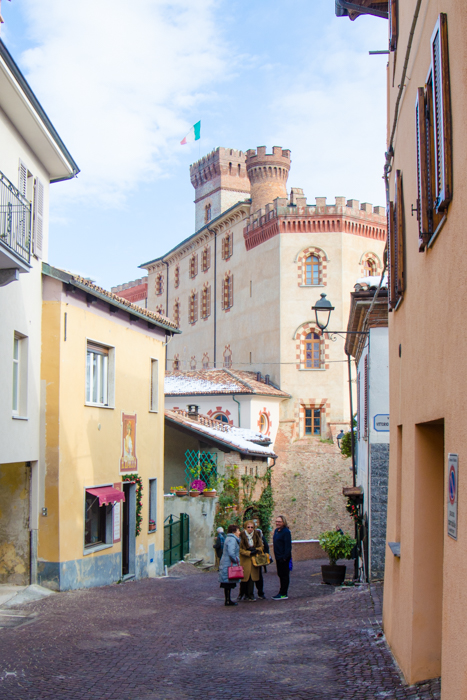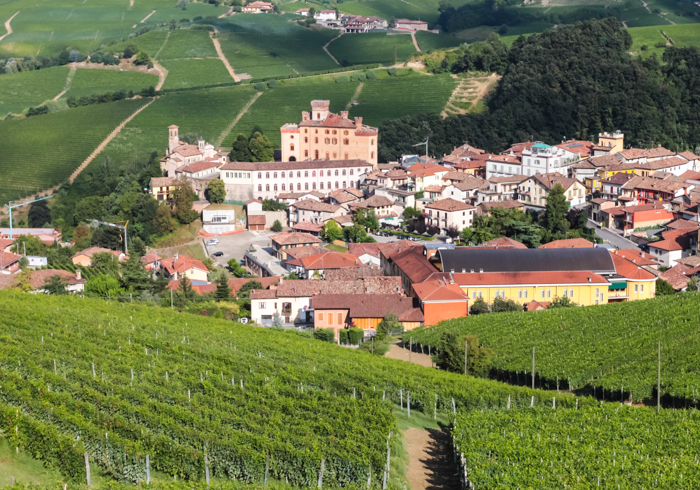 The most prestigious wine zone in the region of Piedmonte, and certainly a contender for the best in all of Italy, is the Barolo DOCG. Barolo is located in the Langhe, the southwestern portion of Piedmonte, a few miles from Alba. The magnificent vineyards of this region are as celebrated for their physical beauty as well as its wines, making it a perfect destination for one of our intimate Italiaoutdoors Italy walking tours. In 2014, the United Nations added the ‘vineyard landscape of Piedmont’ to its elite group of UNESCO cultural and natural sites, in recognition of both its natural beauty as well as distinguished wine tradition.There are 11 communes that make up this DOCG, the five original, and the most prominent, responsible for over 85% of the production are Barolo, La Morra, Castiglione Falletto, Serralunga d’Alba, and Monforte d’Alba. The vineyards of Barolo are on the steep south facing hills that cover this area.
The most prestigious wine zone in the region of Piedmonte, and certainly a contender for the best in all of Italy, is the Barolo DOCG. Barolo is located in the Langhe, the southwestern portion of Piedmonte, a few miles from Alba. The magnificent vineyards of this region are as celebrated for their physical beauty as well as its wines, making it a perfect destination for one of our intimate Italiaoutdoors Italy walking tours. In 2014, the United Nations added the ‘vineyard landscape of Piedmont’ to its elite group of UNESCO cultural and natural sites, in recognition of both its natural beauty as well as distinguished wine tradition.There are 11 communes that make up this DOCG, the five original, and the most prominent, responsible for over 85% of the production are Barolo, La Morra, Castiglione Falletto, Serralunga d’Alba, and Monforte d’Alba. The vineyards of Barolo are on the steep south facing hills that cover this area.
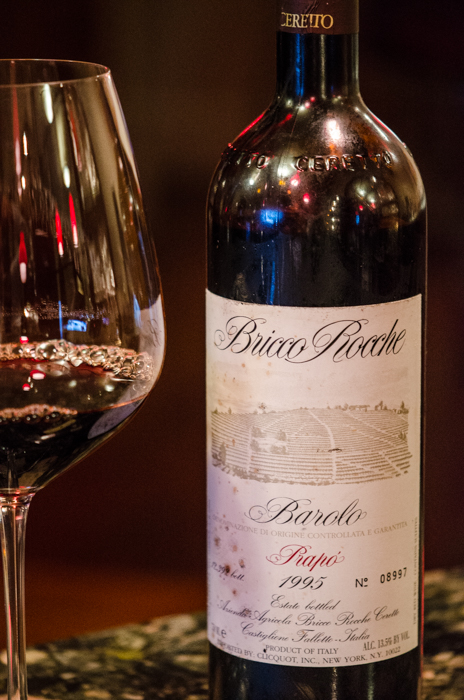 Barolo is produced with only the Nebbiolo grape, one of Italy’s oldest varietals. The name Nebbiolo comes from ‘nebbia,’ the Italian word for fog. Some attribute this name to the natural bloom that appears on the grapes as they ripen, giving them a cloudy color. Other to the thick layer of fog that typically occurs in the Langhe region during late October, harvest time. Nebbiolo is esteemed for its complexity, pronounced tannins and outstanding aging potential.
Barolo is produced with only the Nebbiolo grape, one of Italy’s oldest varietals. The name Nebbiolo comes from ‘nebbia,’ the Italian word for fog. Some attribute this name to the natural bloom that appears on the grapes as they ripen, giving them a cloudy color. Other to the thick layer of fog that typically occurs in the Langhe region during late October, harvest time. Nebbiolo is esteemed for its complexity, pronounced tannins and outstanding aging potential.
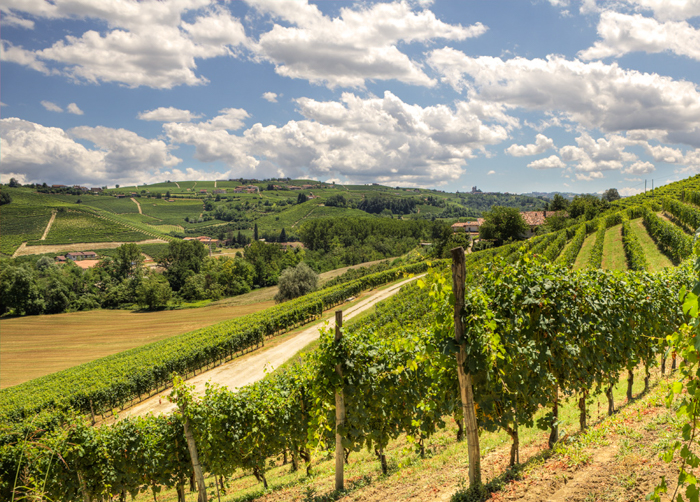 But Nebbiolo is challenging to grow. It requires more space than other varietals, as the first 2 – 3 buds on each branch are infertile. It also flowers quite early in April and ripens very slowly. A dry, warm September is required for a good year, one that allows the slow ripening Nebbiolo time to develop for a late October harvest.
But Nebbiolo is challenging to grow. It requires more space than other varietals, as the first 2 – 3 buds on each branch are infertile. It also flowers quite early in April and ripens very slowly. A dry, warm September is required for a good year, one that allows the slow ripening Nebbiolo time to develop for a late October harvest.
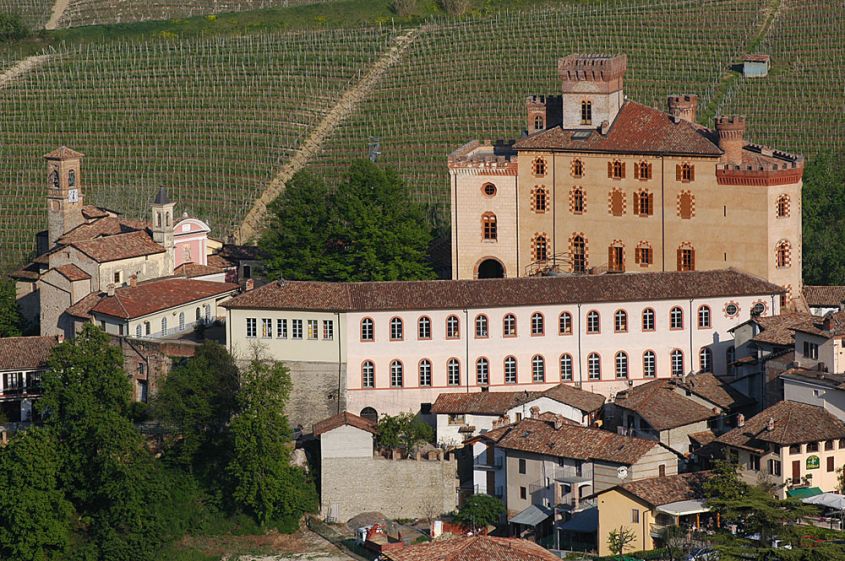 While the Nebbiolo grape dates back to the 1200s, it is not until the 18th century that the wines from this area became known as Barolo, after the town. Marchesa Giulietta Vitturnia Colbert di Maulevrier owned much of the land that encompassed Barolo, La Morra, Castiglione Falletto and Serralunga. She grew her prized Nebbiolo in these towns, and insisted the wine be named Barolo. She later hired later a famous oenologist from Burgundy, France, Louis Oudart, to bring more sophistication to the production process. At the same time, Camillo Benso, Count of Cavour, became mayor of nearby Grizane. He had traveled across the Alps many times, gaining an appreciation of French wines during his travels. He also employed Oudart to take care of the wine from his family properties. This collaboration resulted in the modern style of Barolo as a dry, elegant wine.
While the Nebbiolo grape dates back to the 1200s, it is not until the 18th century that the wines from this area became known as Barolo, after the town. Marchesa Giulietta Vitturnia Colbert di Maulevrier owned much of the land that encompassed Barolo, La Morra, Castiglione Falletto and Serralunga. She grew her prized Nebbiolo in these towns, and insisted the wine be named Barolo. She later hired later a famous oenologist from Burgundy, France, Louis Oudart, to bring more sophistication to the production process. At the same time, Camillo Benso, Count of Cavour, became mayor of nearby Grizane. He had traveled across the Alps many times, gaining an appreciation of French wines during his travels. He also employed Oudart to take care of the wine from his family properties. This collaboration resulted in the modern style of Barolo as a dry, elegant wine.
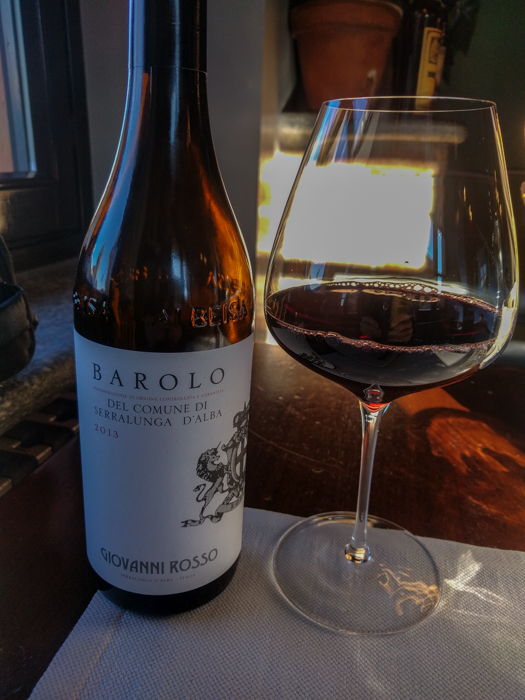 The Marchesa was close friends with King Carlo Alberto from the House of Savoy. The House of Savoy was formed in the early 11th century in the historical Savoy region, which included the modern day region of Piedmonte. The House of Savoy was a monarchy made up of Dukes, Princes, Kings and Emperors. Through gradual expansion, it grew from ruling a small county in the region of Piedmonte to ruling the entire Kingdom of Italy from its formation in 1861 until the end of World War II. During this time, Barolo was held in such high regard by the aristocracy, it earned the moniker “The Wine of Kings, the King of Wines”. The Nebbiolo grapes were so prized by the ruling classes that there was a 5 lire fine for anyone who cut down a Nebbiolo vine. Repeat offenders had their hands cut off and in some cases were even put to death.
The Marchesa was close friends with King Carlo Alberto from the House of Savoy. The House of Savoy was formed in the early 11th century in the historical Savoy region, which included the modern day region of Piedmonte. The House of Savoy was a monarchy made up of Dukes, Princes, Kings and Emperors. Through gradual expansion, it grew from ruling a small county in the region of Piedmonte to ruling the entire Kingdom of Italy from its formation in 1861 until the end of World War II. During this time, Barolo was held in such high regard by the aristocracy, it earned the moniker “The Wine of Kings, the King of Wines”. The Nebbiolo grapes were so prized by the ruling classes that there was a 5 lire fine for anyone who cut down a Nebbiolo vine. Repeat offenders had their hands cut off and in some cases were even put to death.
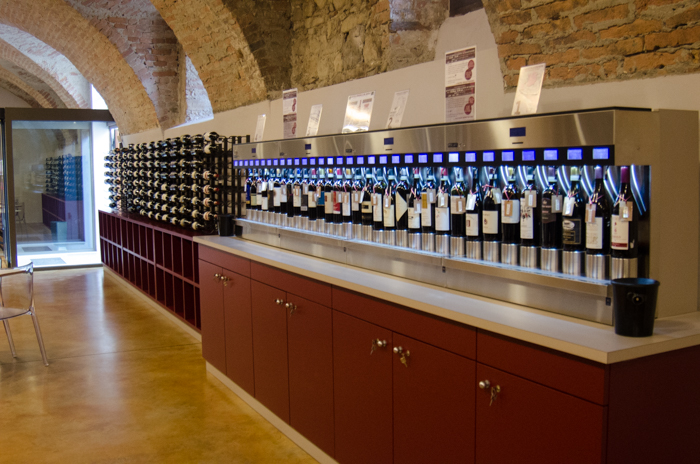 The Barolo and Barbaresco Consortium was founded in 1908, but was not recognized by the Italian Government until 1934. Today, the Consortium includes Barolo, Barbaresco, Alba Langhe and Roero. There are 500 members, made up of small and large producers. The region was established as a DOC in 1966, and became a DOCG in 1980. All Barolo wines must be 100% Nebbiolo, a minimum of 13% alcohol, and aged a minimum 38 months, including 18 months in barrel. A Riserva must undergo an aging of a minimum of 62 months, including 18 months in barrel.
The Barolo and Barbaresco Consortium was founded in 1908, but was not recognized by the Italian Government until 1934. Today, the Consortium includes Barolo, Barbaresco, Alba Langhe and Roero. There are 500 members, made up of small and large producers. The region was established as a DOC in 1966, and became a DOCG in 1980. All Barolo wines must be 100% Nebbiolo, a minimum of 13% alcohol, and aged a minimum 38 months, including 18 months in barrel. A Riserva must undergo an aging of a minimum of 62 months, including 18 months in barrel.
